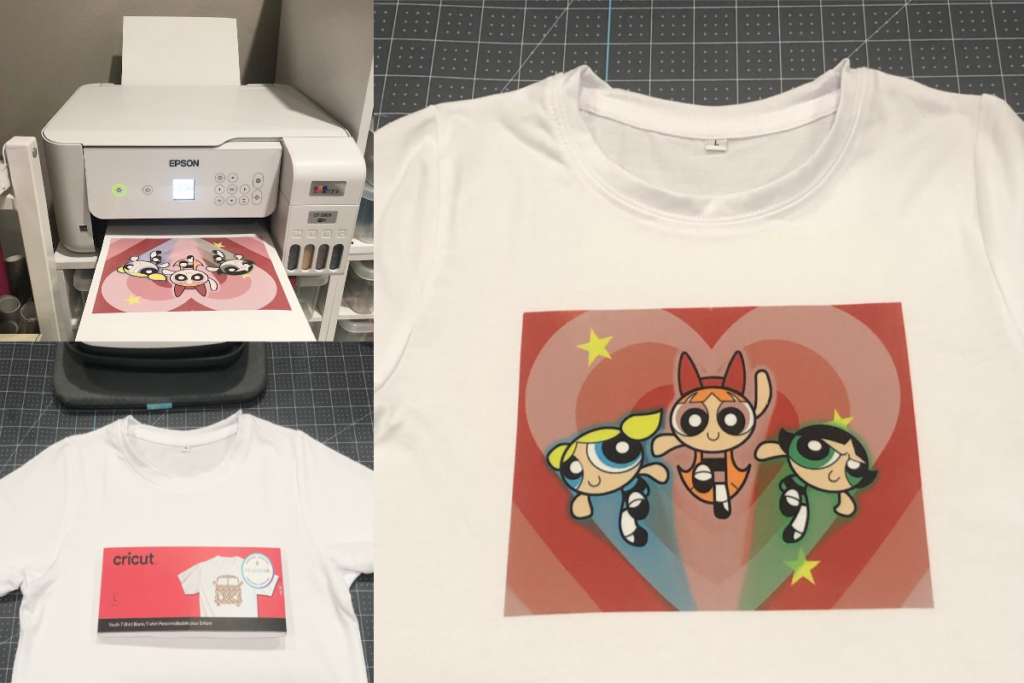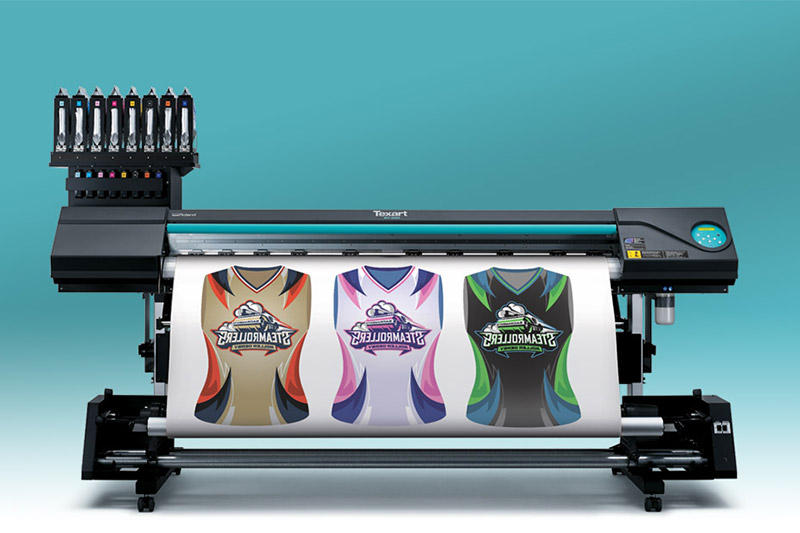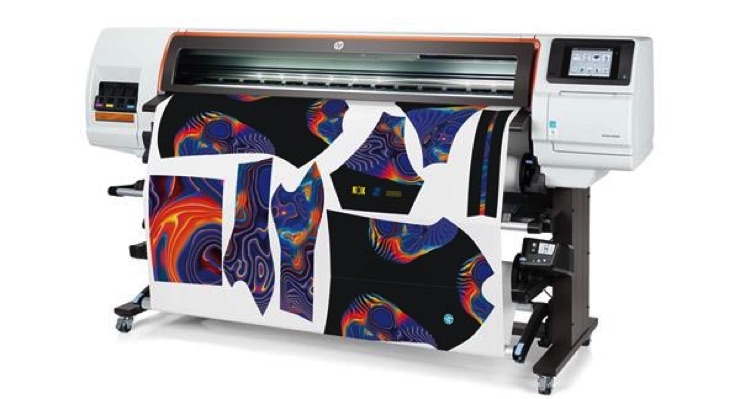Leading Trends in Branded Clothing That You Required to Learn about
Wiki Article
Innovations in DTF Printing: How It's Revolutionizing the Market
The textile printing sector is undergoing a substantial change, driven by the cutting-edge advancements in Direct-to-Film (DTF) innovation. These technologies are not only boosting print high quality and convenience however likewise enhancing the entire printing procedure. With premium ink solutions, enhanced movie and sticky technologies, and the integration of automation, DTF printing offers dynamic, durable prints on a selection of materials, meeting the raising demand for customization. As businesses look for much more reliable and eco-friendly options, the ramifications of these innovations warrant a closer evaluation right into how they are forming the future of textile printing.Improvements in DTF Modern Technology
Progressing swiftly, DTF (Direct-to-Film) printing innovation has actually gone through considerable renovations that are reinventing the textile sector. Modern DTF printers use sophisticated ink formulations that result in vibrant, long lasting prints with high resolution and shade accuracy.
Additionally, developments in movie and glue modern technologies have actually enhanced the general application procedure. New films use much better flexibility and bond, improving the sturdiness and washability of the printed styles - Branded clothing. This makes sure that the prints maintain their stability and vibrancy even after multiple laundries
Lastly, ecological considerations have triggered the development of green DTF services. Producers are increasingly taking on lasting methods, such as utilizing water-based inks and recyclable movies, aligning with global efforts to minimize the sector's ecological impact.
Advantages Over Conventional Approaches
When comparing DTF printing to traditional approaches such as display printing and direct-to-garment (DTG) printing, numerous unique benefits arise. DTF printing. One of the most significant benefits is its convenience in fabric compatibility. Unlike screen printing, which commonly requires specific material types, DTF printing can be put on a more comprehensive variety of products, consisting of cotton, polyester, and blends, without endangering print top qualityOne more notable advantage is cost-effectiveness, particularly for tiny to medium-sized orders. Typical screen printing becomes economically practical only at higher volumes because of the setup costs included. On the other hand, DTF printing gets rid of these arrangement costs, making it much more budget-friendly for smaller sized batches and one-off styles.
Additionally, DTF printing masters durability and washability. The prints produced are robust and maintain their honesty via numerous laundry cycles, surpassing DTG prints that might crack or fade with time. Furthermore, DTF printing offers faster turn-around times. Without the requirement for extensive arrangement, styles can be published and moved in a fraction of the moment needed for display printing.

Boosted Design Capacities
DTF printing offers enhanced style capabilities that establish it apart from traditional printing techniques. The procedure involves publishing a style onto a special film, which is after that moved to fabric.Additionally, DTF printing supports a broad range of textiles, including cotton, polyester, blends, and also non-textile substrates. This adaptability opens up doors for creative applications in varied sectors such as fashion, home decoration, and marketing products. Unlike display printing, which can be limiting because of color separation and pattern creation, DTF printing streamlines the procedure, making multi-color and photo-realistic styles a lot more available.
Furthermore, DTF printing masters accomplishing constant color accuracy and vibrancy. This is vital for brand consistency and conference client assumptions. The innovation also supports unique effects, such as metallic surfaces and glow-in-the-dark components, even more increasing imaginative opportunities. Fundamentally, DTF printing equips designers to push the limits of creative thinking, providing aesthetically sensational outcomes that were formerly unattainable.
Cost and Time Efficiency
One of the noteworthy advantages of DTF printing exists in its expense and time effectiveness, making it a favored choice for many services. Unlike conventional techniques that require considerable financial investment in displays and arrangement times, DTF printing permits for straight application onto various products with marginal preparation.Moreover, DTF printing masters producing short runs and custom orders cost-effectively. The capacity to produce top notch prints without the demand for huge quantity commitments decreases waste and maximizes resource allowance. This adaptability is specifically advantageous for small companies and startups that may not have the funding screen printing to invest in large production runs.
In terms of operational efficiency, DTF printing's structured operations boosts overall efficiency. The modern technology's compatibility with a variety of substratums and materials even more broadens its application extent, reducing the requirement for several printing systems. Companies can attain a quicker turn-around time, enhancing client contentment and competitiveness in the market. Thus, DTF printing stands out as a transformative option in the printing market.
Future Trends in DTF Printing
Anticipating future fads in DTF printing reveals a landscape marked by rapid technical improvements and enhanced market need (heat transfer vinyl printing). One significant trend is the combination of fabricated knowledge (AI) and artificial intelligence formulas to maximize print high quality and streamline procedures. AI-driven systems can predict prospective issues and change settings in real-time, making sure continually top notch outputFurthermore, improvements in eco-friendly inks and lasting materials are expected to acquire traction. As environmental issues end up being a lot more pressing, the industry is most likely to see a shift in the direction of non-toxic and naturally degradable inks, decreasing its ecological footprint.
Modification and customization will certainly additionally play a crucial duty. With the growing consumer demand for special, personalized items, DTF printing modern technologies are evolving to provide even more elaborate and in-depth customization choices. This fad is sustained by improved software program options that enable more complicated and innovative layouts.
Lastly, the integration of DTF printing with other electronic systems and shopping options will certainly come to be much more seamless. This connectivity will certainly make it possible for businesses to supply on-demand printing solutions straight to consumers, even more driving development in the market. These trends collectively highlight a future where DTF printing not only satisfies yet surpasses the developing demands of the marketplace.
Final Thought

When comparing DTF printing to typical approaches such as display printing and direct-to-garment (DTG) printing, several unique advantages arise. Unlike display printing, which frequently calls for certain fabric types, DTF printing can be applied to a more comprehensive array of products, consisting of cotton, polyester, and blends, without jeopardizing print quality.
DTF printing provides boosted layout abilities that establish it apart from traditional printing techniques. Hence, DTF printing stands out as a transformative option in the printing industry.
Innovations in DTF printing significantly enhance the textile printing market by supplying remarkable print quality, versatility, and effectiveness.
Report this wiki page